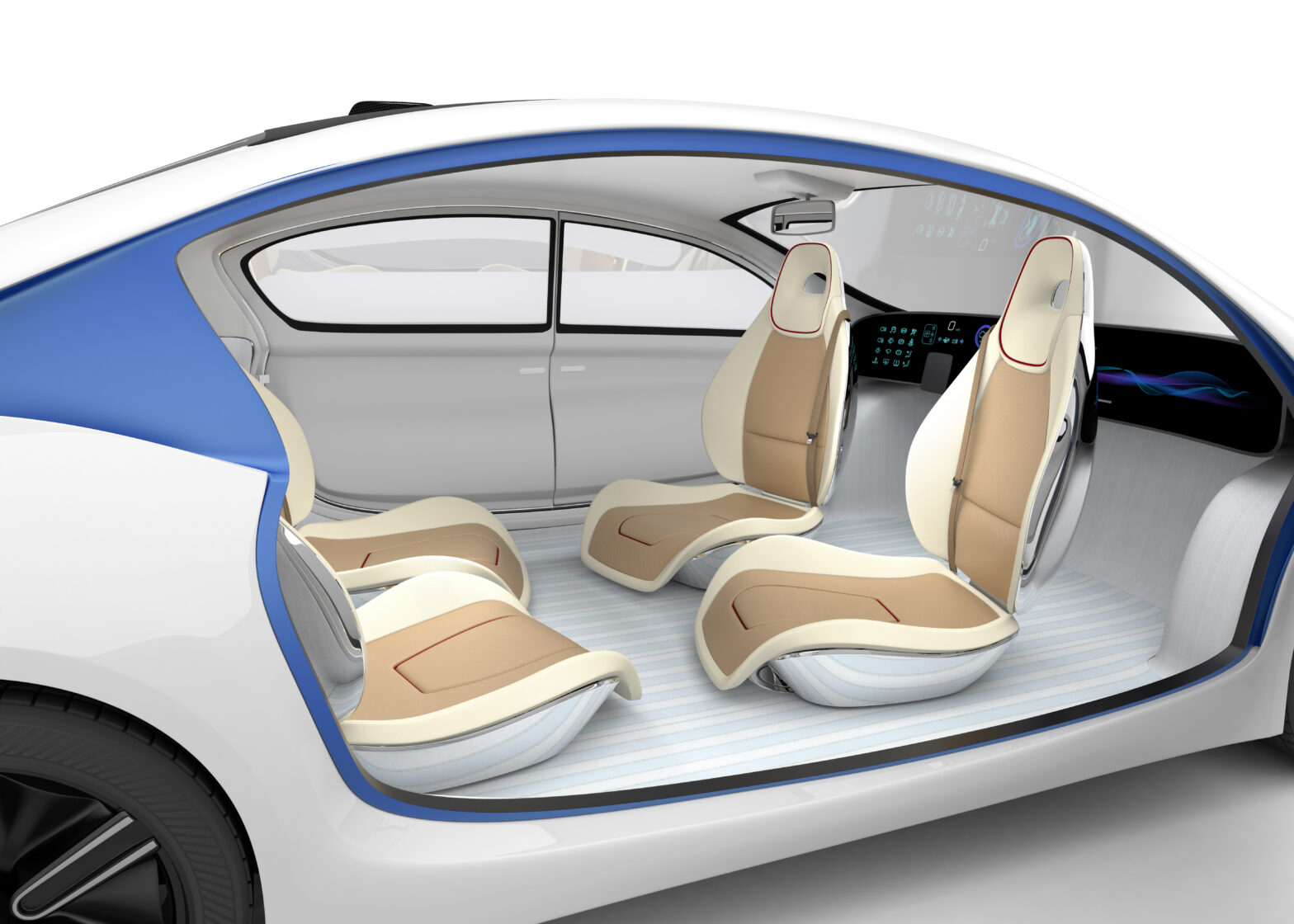Americans are trailblazers, routinely leading the world in a number of transportation firsts.
Indeed, it was the Wright brothers who completed the first successful flight in 1903. Just 66 years later, Neil Armstrong was the first person to walk on the moon. Today, America is vying with other nations in a rush to adopt self-driving cars.
While America wasn’t the first country to permit self-driving cars (that honour was bestowed upon Singapore, where the company nuTonomy was the first to offer driverless rides to the public), America is not far behind.
One month following Singapore’s milestone, the Uber ride-sharing service began operating driverless cars in Pittsburgh.
>See also: The future of driverless cars and data security
It’s worth noting that in both countries, a human backup driver is on hand, tasked with taking control of the vehicle in the event something goes awry. (Pennsylvania state law requires a licensed driver to sit behind the wheel when the vehicle is in operation.)
However, although many Americans have their eyes on the driverless-car prize, slowing the process to allow others to go first may be the wiser strategy. Here are some reasons society should be taking it slow.
1. The software is not infallible
Just as human drivers make mistakes leading to accidents, the software and computer systems controlling self-driving cars may have glitches that will need to be identified and removed.
But we can’t know what those problems are beyond operating these vehicles outside of a controlled environment, such as on city streets.
Carefully monitored for mistakes, the software can only improve. In the interim, accidents will happen, likely leading to injuries and death.
Who will be held responsible? The insurer, manufacturer, city or even the passenger could be named in a complaint filed in court.
2. Security breaches may be possible
No autonomous vehicle has been hacked, at least not remotely.
Certainly, any vehicle can be hacked if an individual with ill intent gains access to the inside and connects to the OBD-II port.
What isn’t yet clear is whether driverless cars may someday be successfully hacked by sending malicious code that could infect cars.
>See also: How driverless cars create a whole new world for insurers
If so, the security concerns could unravel the entire industry. In any case, it might be better to slowly phase in self-driving cars, by limiting use to certain heavily monitored areas first, than to allow rapid adoption before those concerns are ruled out.
3. Tough weather conditions may impact operation
Autonomous vehicles rely upon sensors to “see” around the vehicle.
In ideal weather conditions, that’s not a challenge. But when operating a self-driving car in heavy rains or snow, limited visibility can make it difficult for such vehicles to detect traffic, pedestrians or even the lanes on a road.
Incidentally, Google, one of the pioneers of self-driving cars, has not yet overcome the challenge of precipitation or other human drivers when testing its fleet.
That doesn’t mean other manufacturers are experiencing the same difficulties, but it does underscore a “go slow” approach may be the only way to go.
4. The regulatory environment needs time to adapt
With 50 states, the District of Columbia, and five territories each overseeing driving laws, how one jurisdiction approaches self-driving cars may differ tremendously from another state.
Although a unified national approach is possible, this can be achieved only through Constitutional amendment.
This likely won’t happen any time soon, as the Tenth Amendment to the U.S. Constitution expressly grants separation of powers between the Federal and State Governments.
No doubt, the states won’t be quick to cede control of local roads to a federal bureaucracy.
5. Human-operated cars won’t be going away
The transition to driverless cars will take decades and may never be fully implemented.
In fact, with more than 250 million registered vehicles in the US, human-operated passenger vehicles will dominate for years to come.
>See also: The inevitable road to the autonomous car: are they safe?
Eventually outlawing such vehicles would meet stiff resistance from the populace, who might interpret such a move as government overreach.
Further, operating self-driving cars in remote areas may not be possible or practical — even now, gaps in your satellite radio service or GPS demonstrate that 100 percent coverage isn’t possible.
To the future
Not since cars replaced the horse and buggy has personal transportation undergone the seismic sea change self-driving cars will bring.
With the potential pitfalls always in mind, autonomous vehicle adoption should be eased in as interested parties work cooperatively on a global basis to make this technology an acceptable, safe and plausible reality.
Sourced by Matt Keegan, automotive journalist, CARFAX







